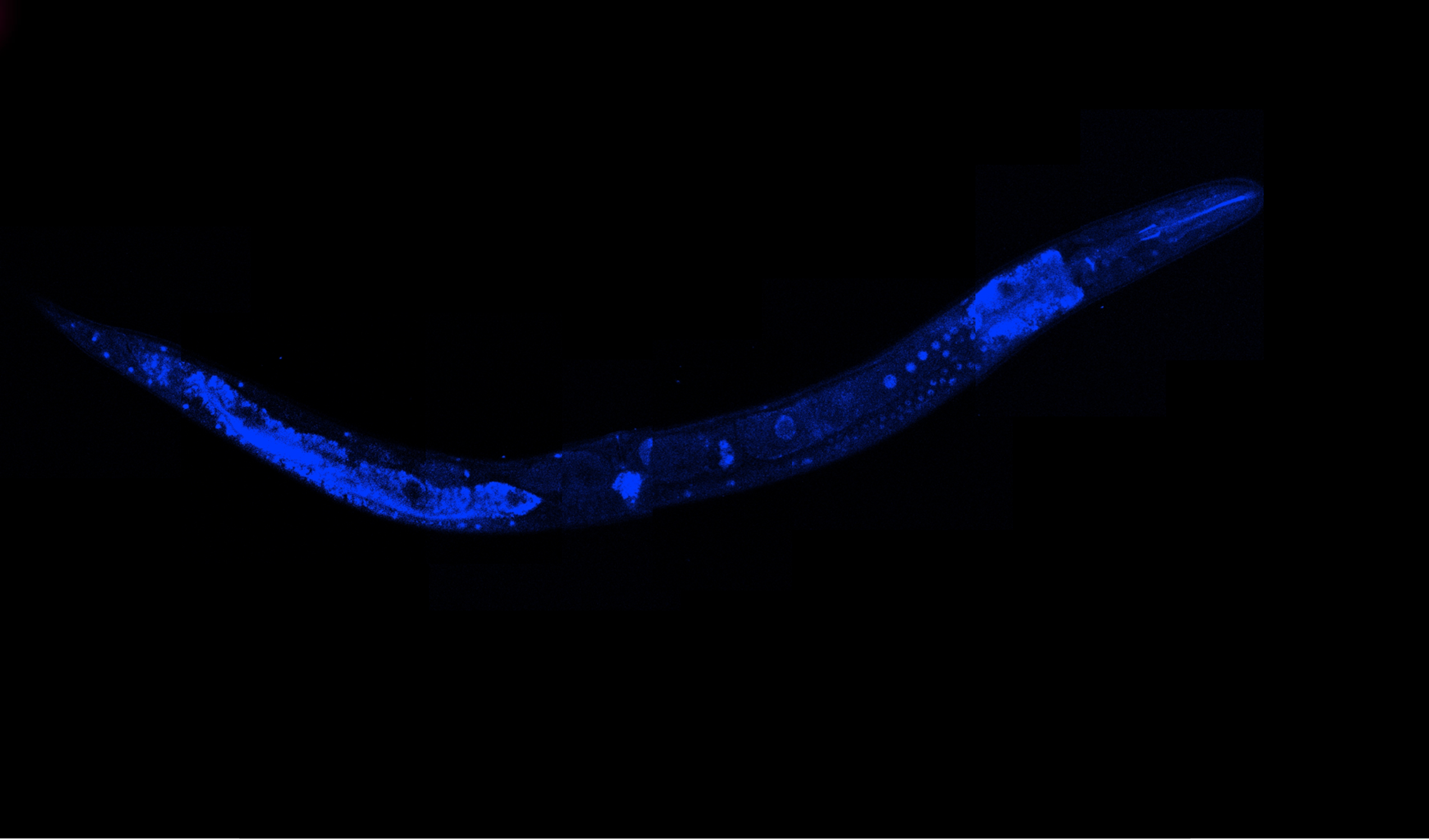Rare neurological diseases, ataxias, pyramidal signs indicating damage to motor neurons and manifested by a lack of proper posture - this topic concerns not only doctors and scientists but also patients affected by such conditions and their families. The search for the causes of rare diseases is a long and challenging process, as it is difficult to grasp all the molecular aspects that allow for a clear answer to the question: does a mutation detected in genetic screening really underlies the disease?
A recent study conducted using an animal model by the team of Dr. Wojciech Pokrzywa from the International Institute of Molecular and Cell Biology in Warsaw (IIMCB) indicates that specific amino acid mutation of an important enzyme involved in protein degradation can cause a neurodevelopmental disorder.
Using exome sequencing to diagnose a pediatric patient with developmental delay, pyramidal signs, and limb ataxia, the research team has identified an ultra-rare de novo Asp126His missense variant in the FEM1C gene encoding a ubiquitin ligase that promotes degradation of other proteins. - However, it was not clear yet whether this mutation was actually responsible for the patient's disease, which is crucial in making the diagnosis and the possibility of seeking personalized therapies – says Dr. Wojciech Pokrzywa, head of the Laboratory of Protein Metabolism at the IIMCB.
The bioinformatics analysis made by the team of Dr. Pokrzywa showed that the aforementioned FEM1C mutation disrupts the binding of protein substrates destined for degradation, which can lead to their accumulation in the cell and cause toxic effects. To evaluate the pathogenicity of the Asp126His variant in the FEM1C gene, the researchers used the Caenorhabditis elegans nematode as a disease model. They found that animals expressing a variant analogous to the patient's mutation had normal muscle architecture but, similarly to the patient, impaired mobility. These nematodes were sensitive to the acetylcholinesterase inhibitor, aldicarb, indicating that their impaired locomotion was due to synaptic abnormalities rather than muscle dysfunction.
As a result of the research, the first evidence from an animal model has been presented, suggesting that a mutation in the evolutionarily conserved amino acid Asp126 in the ubiquitin ligase FEM1C causes neurodevelopmental disorders in humans.
The findings were published in the latest issue of the British journal Human Molecular Genetics

